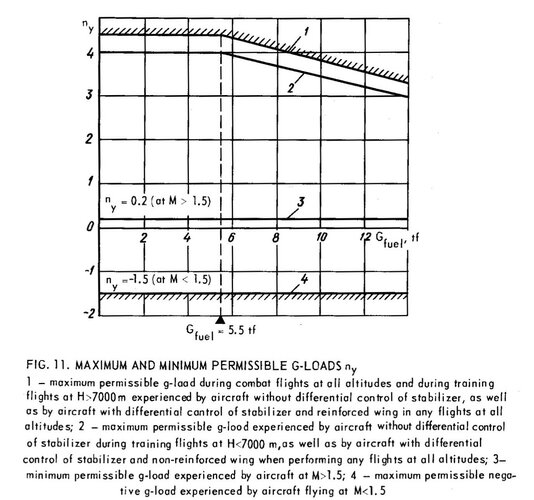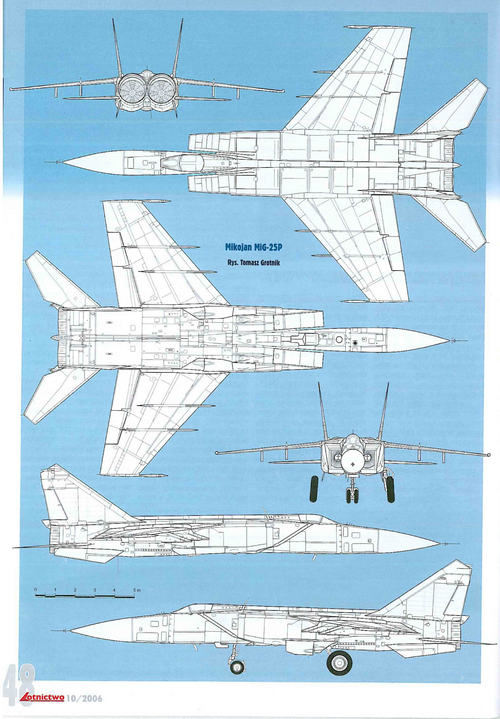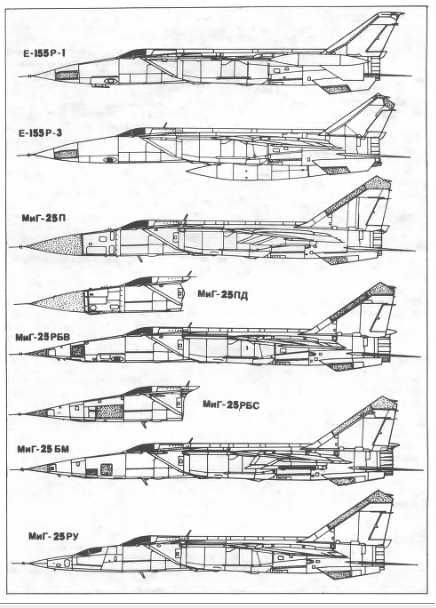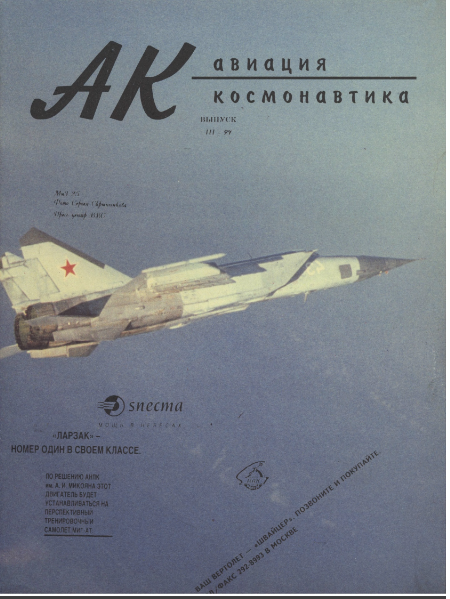KJ_Lesnick
ACCESS: Top Secret
- Joined
- 13 February 2008
- Messages
- 1,042
- Reaction score
- 112
I figure whatever the SR-71's top speed is, it was known only to the USAF (and probably the USSR pilots who happened to have tried to intercept one... and failed).Hi guys, dug out this old thread as the SR-71 propaganda has spiked once more recently....
Technically there were proposals of the A-12 called the R-12, B-12/B-71, and RB-12/71. If I recall at least one of them could carry Polaris warhead.The SR had a modification with weapons bay or some other means to deliver something very big and nasty very fast very far. Irrepective if it was ever tested, installed, etc. This capability could have been exploited.
Then from there came the RS-71 which was designed for reconnaissance strike: Effectively, the goal being to identify anything that happened to survive the first-strike and destroy it with nuclear weapons. For one reason or another, General LeMay felt like calling the plane SR for Strategic Reconnaissance, and asked President Johnson's speech-writer to alter RS-71 to SR-71.
While it required thousands of documents to be changed from RS-71 to SR-71 and, for one reason or another, the aircraft was never fitted/tested with the provision to launch such a weapon, it was felt the aircraft could be easily configured to do so. The chine-bays were modular and, in addition to mounting all sorts of sensors, could carry weapons. The weapon initially specified wasn't clear, it seemed to be some form of progenitor of the AGM-69 which appears to have been cancelled.
The AGM-69 had been later proposed as an option but was never fitted, though Lockheed's ADP had looked into the idea quite favorably (when launched from higher altitudes and speed, the missile would be able to go further on momentum).
Absolutely not, Lt. Belenko basically said that.The MiG was more than capable to intercept and down and SR with very high probability even alone.
While, it might have been possible to coordinate an intercept from multiple angles whereby some missiles would be fired head-on, others from abeam, and some from the rear quarter, and basically make it highly difficult for an SR-71 to escape attack, I'm not sure how easy that would be do-able in practice.
Lift is created by alpha at low speeds too, the pressure differential is a lot lower (which combined with shockwave formation, produces considerably more drag) when supersonic than subsonic, and the center of pressure moves back to varying degrees, which tends to reduce elevator control available for maneuvering. As a basic rule of thumb, the g-load that could be pulled when supersonic is about half that of subsonic owing to this (as well as other variable such as airframe heating, depending on aircraft construction).At high supersonic speeds the airfoil doesn't work the way it does at lower speeds. Lift is created by the angle of attack.
Looking at the figures you presented around 3.5 could be carried out at higher latitudes and around 3.77 at lower latitudes.Also the burned engines myth is already busted, they didn't burn. See that video, you could disregard what you don't like, but there are some graphs of the power Vs drag, lift, etc. that can't be disregarded
I had already figured the top speed was probably around Mach 3.75 based on the fact that the nose was very long and the areas that had some high temperature aluminum construction (350 C limit) were either in front of the canopy frame or behind it, as well as the mach meter (it didn't read up to Mach 4, but instead read just up to Mach 3. When flying at 3.2 mach, it looked like it was at 0.2, so I figured it was above 3, but below 4).
I would guess the SR-71's speed was greatly higher than listed, the USSR made some estimates of the top-speed based on espionage, some guesswork, and got it wrong.
The MiG-31, despite using turbofans also had a mass-injection pre-compressor cooling system that would allow the temperatures to be pushed up higher than the MiG-25, while also allowing more thrust lower.P.S. The current record holder of absolute maximum altitude and time to altitude to 25, 30, 35 and 37-something km is the MiG-31...





